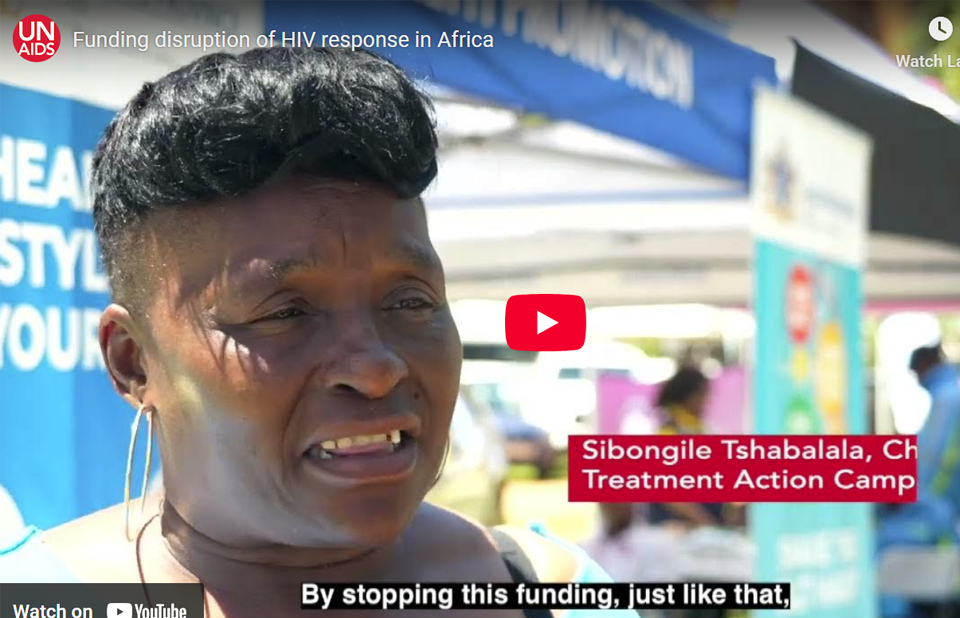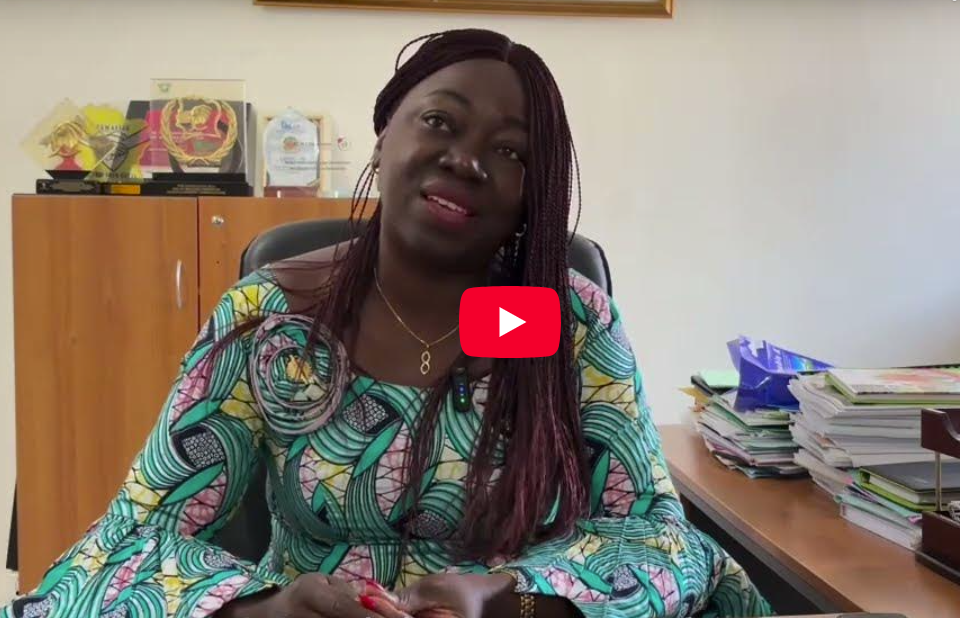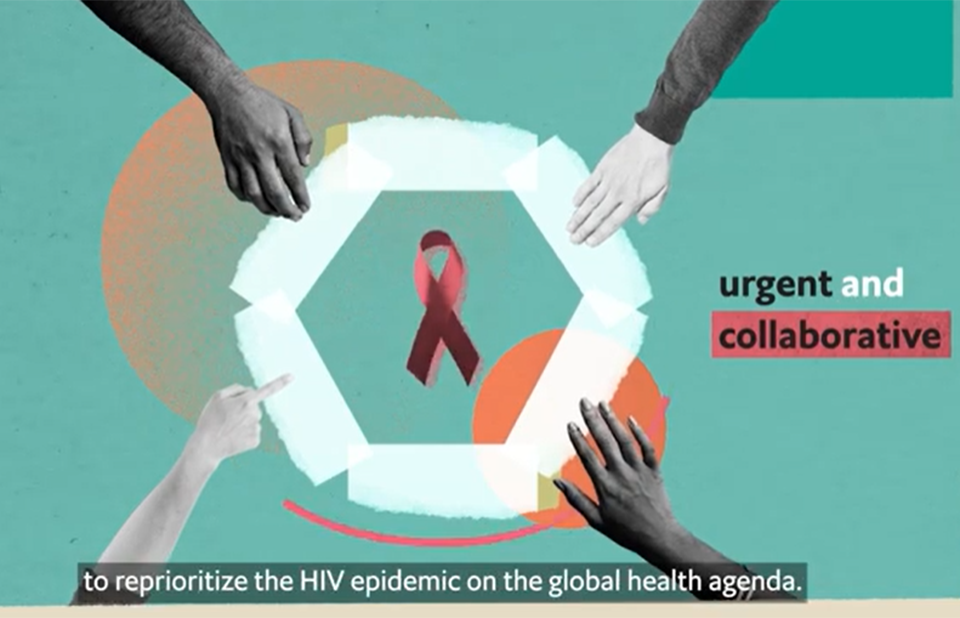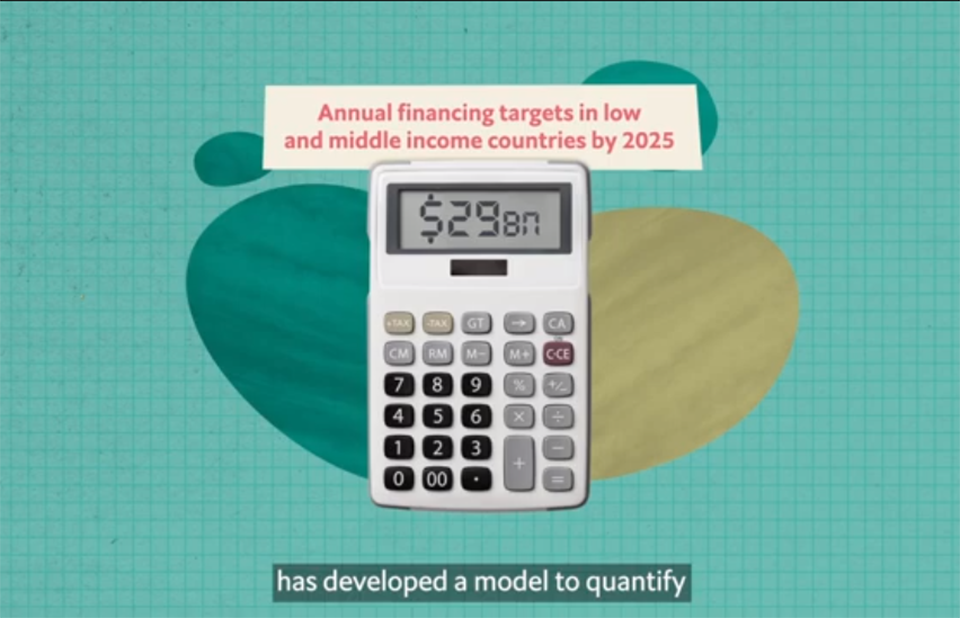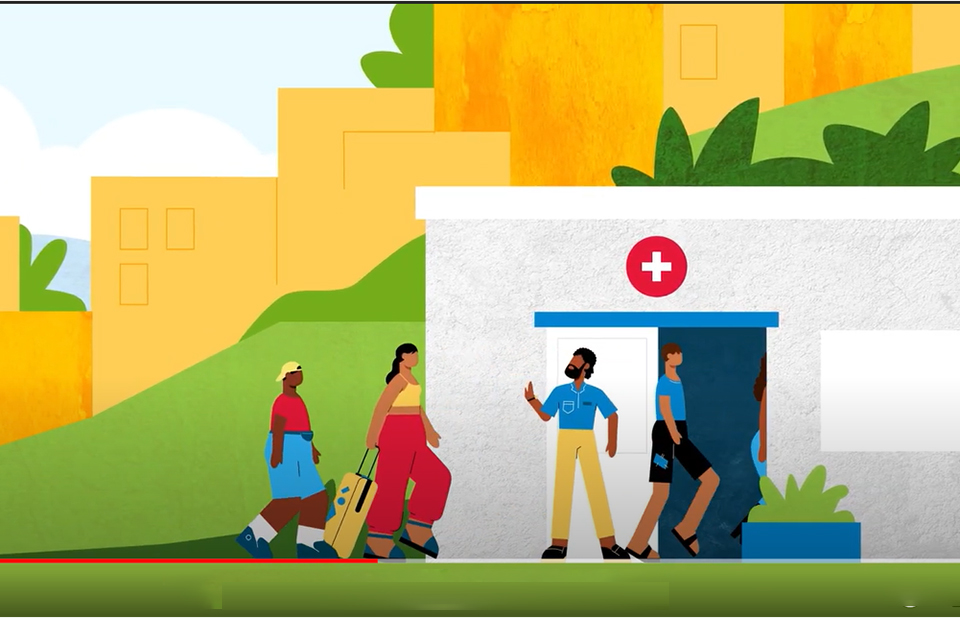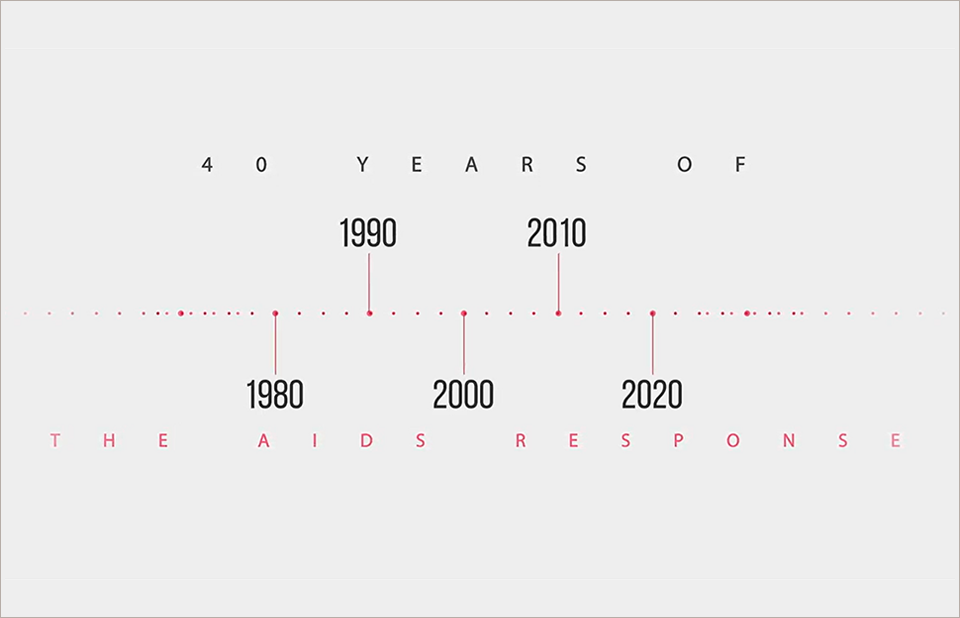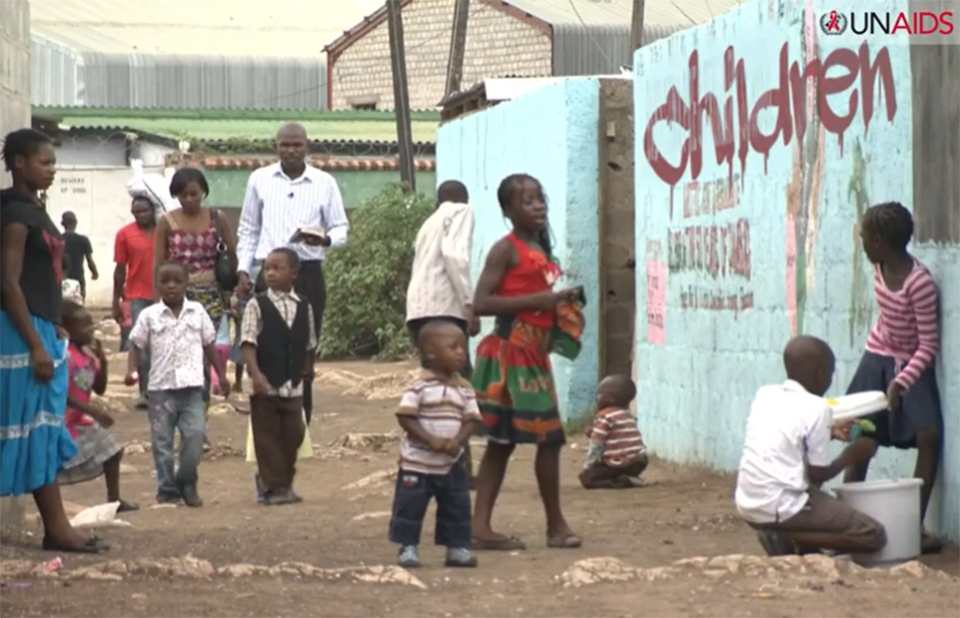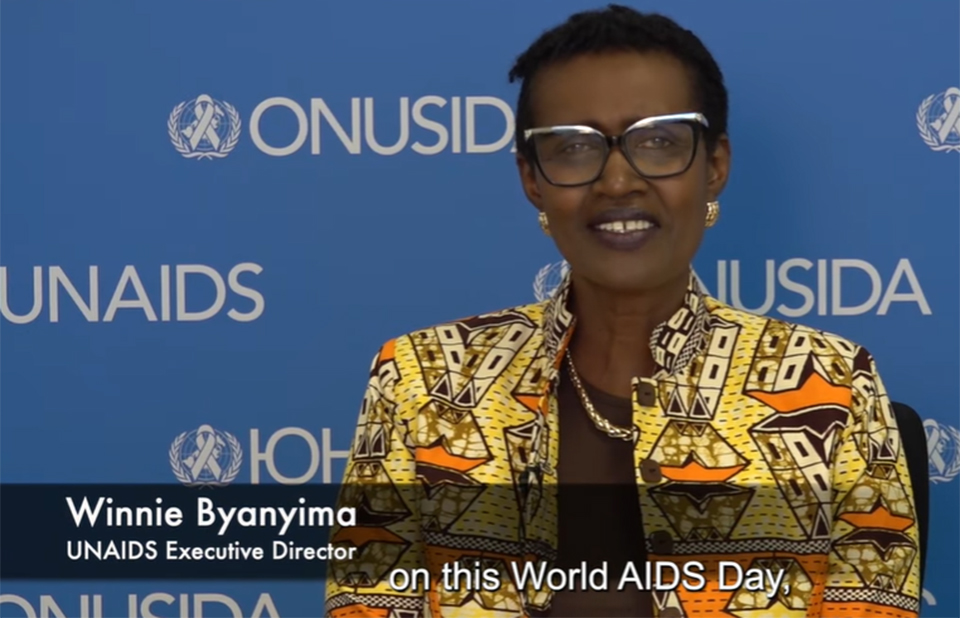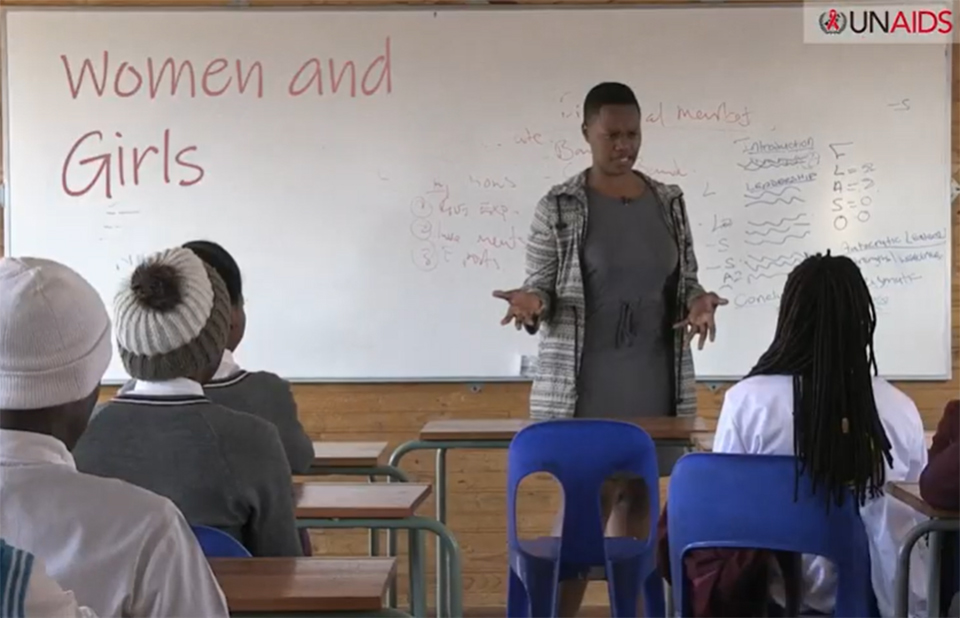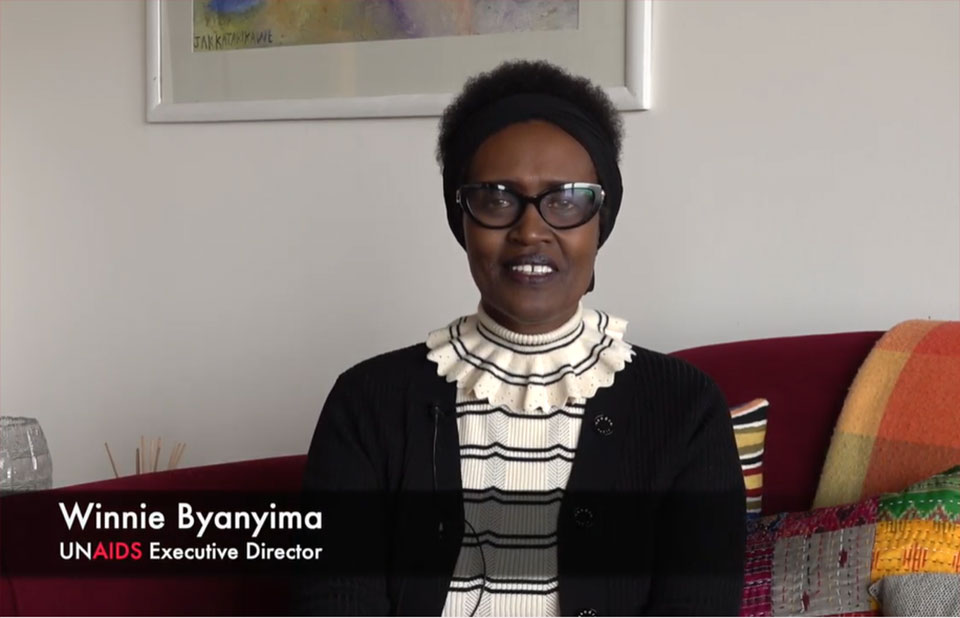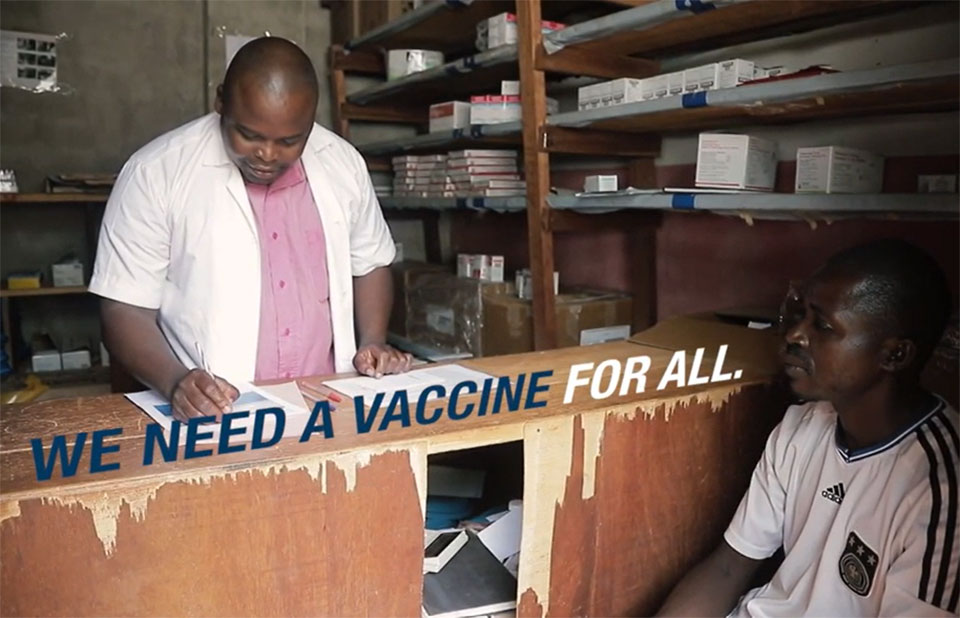Act to change laws that discriminate
01 March 2019
On 1 March, UNAIDS is highlighting the need to act to change discriminatory laws. All over the world people are unable to live with dignity because of laws and policies that discriminate.
Helping the forgotten generation in Burkina Faso
10 April 2019
Burkina Faso's Association Espoir pour Demain (AED), founded by Christine Kafando, aims to create a space for young people to learn about sexual health. The goal is also to fan out to families to track down adolescents who may have fallen through the cracks and who don't know their HIV status.
WORLD AIDS DAY MESSAGE: UNAIDS EXECUTIVE DIRECTOR, MICHEL SIDIBÉ ON THE IMPORTANCE OF TESTING
21 November 2018
UNAIDS Executive Director, Michel Sidibé, stresses the importance of HIV testing on World AIDS Day 2018. This year's theme is Live life positively: Know your HIV status. For more: knowyourstatus.unaids.org
Unravelling the red ribbon...
18 July 2018
36.9 million people live with HIV and 3 out of 4 people know they are HIV-positive. But 9.4 million do not. Read the 2018 Global AIDS update at unaids.org.
Playing with a child living with HIV carries no risk.
08 March 2018
Living with HIV is not a reason to stop loving.
08 March 2018
World AIDS Day 2017 message by UNAIDS Executive Director
28 November 2017
Quickening the pace of action to end AIDS
21 October 2017
The President of Uganda, Yoweri Museveni, in collaboration with UNAIDS, brought together six heads of state or government to accelerate action and get countries on the Fast-Track to end AIDS. World leaders joined around 500 partners from government, the private sector and civil society on the sidelines of the United Nations General Assembly to reinvigorate political leadership around HIV.
UNAIDS calls to quicken the pace of action to end AIDS
21 October 2017
The Fast-Track approach is saving more and more lives. In 2016, 19.5 million people—more than half the 36.7 million people living with HIV—were accessing life-saving treatment. The number of people who died from AIDS-related illnesses has been reduced by nearly half since 2005, and the global number of new HIV infections has been reduced by 11% since 2010. However, the pace of action to end the AIDS epidemic as a global health threat by 2030 is still not quick enough. Ending AIDS will require a renewed sense of global urgency and steadfast political commitment. To step up progress and achieve the global and regional targets adopted in the 2016 United Nations Political Declaration on Ending AIDS, all partners—governments, implementers, civil society and communities—need to adopt Fast-Track.
If there are 36.7 million people living with HIV
20 October 2017
In 2016, 19.5 million of the 36.7 million people living with HIV had access to treatment, and AIDS-related deaths have fallen from 1.9 million in 2005 to 1 million in 2016. The latest UNAIDS report, Ending AIDS: progress towards the 90–90–90 targets, gives a detailed analysis of progress and challenges towards achieving the 90–90–90 targets. The targets were launched in 2014 to accelerate progress so that, by 2020, 90% of all people living with HIV know their HIV status, 90% of all people with diagnosed HIV are accessing sustained antiretroviral therapy and 90% of all people accessing antiretroviral therapy are virally suppressed. The report can be downloaded from unaids.org.

